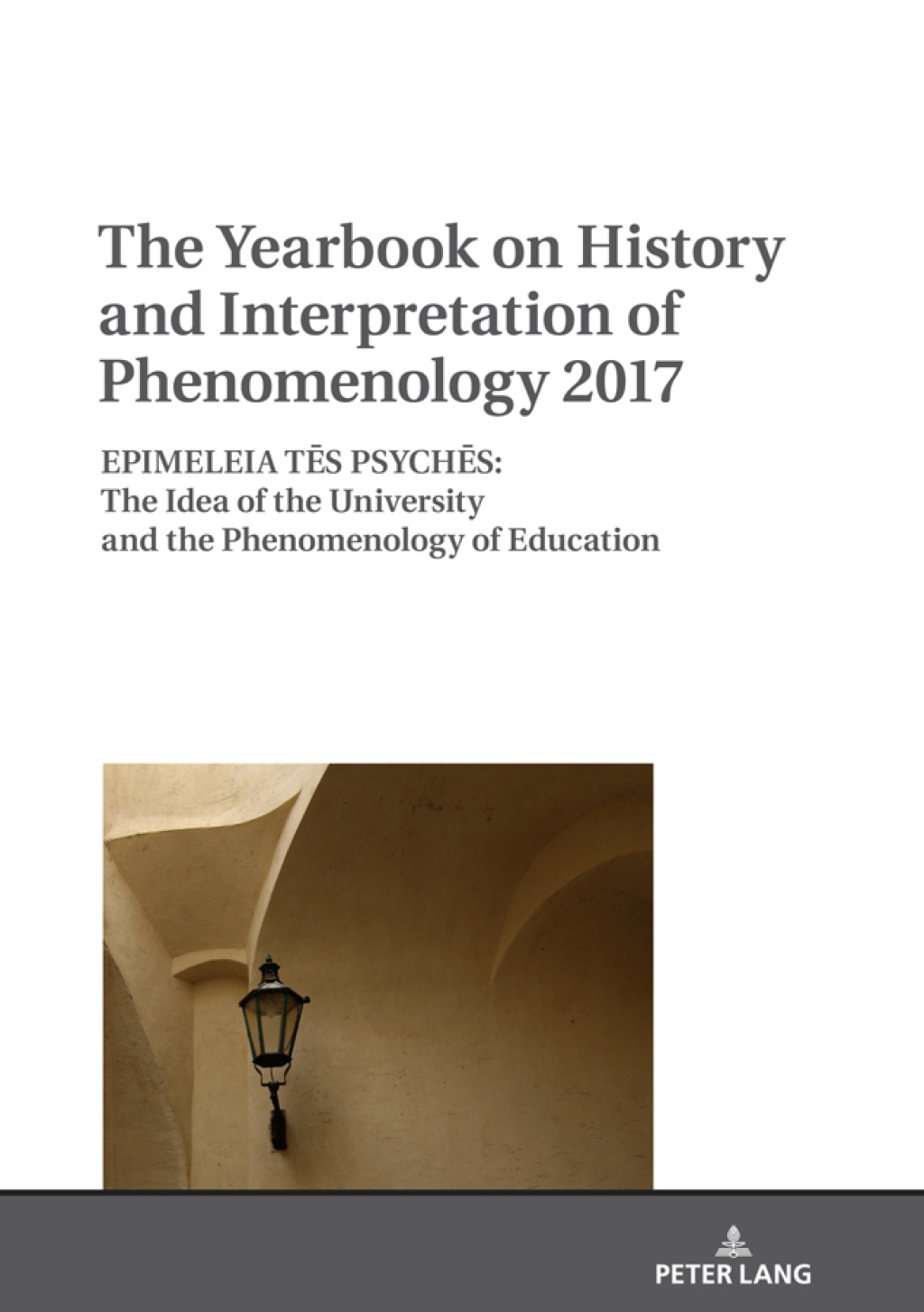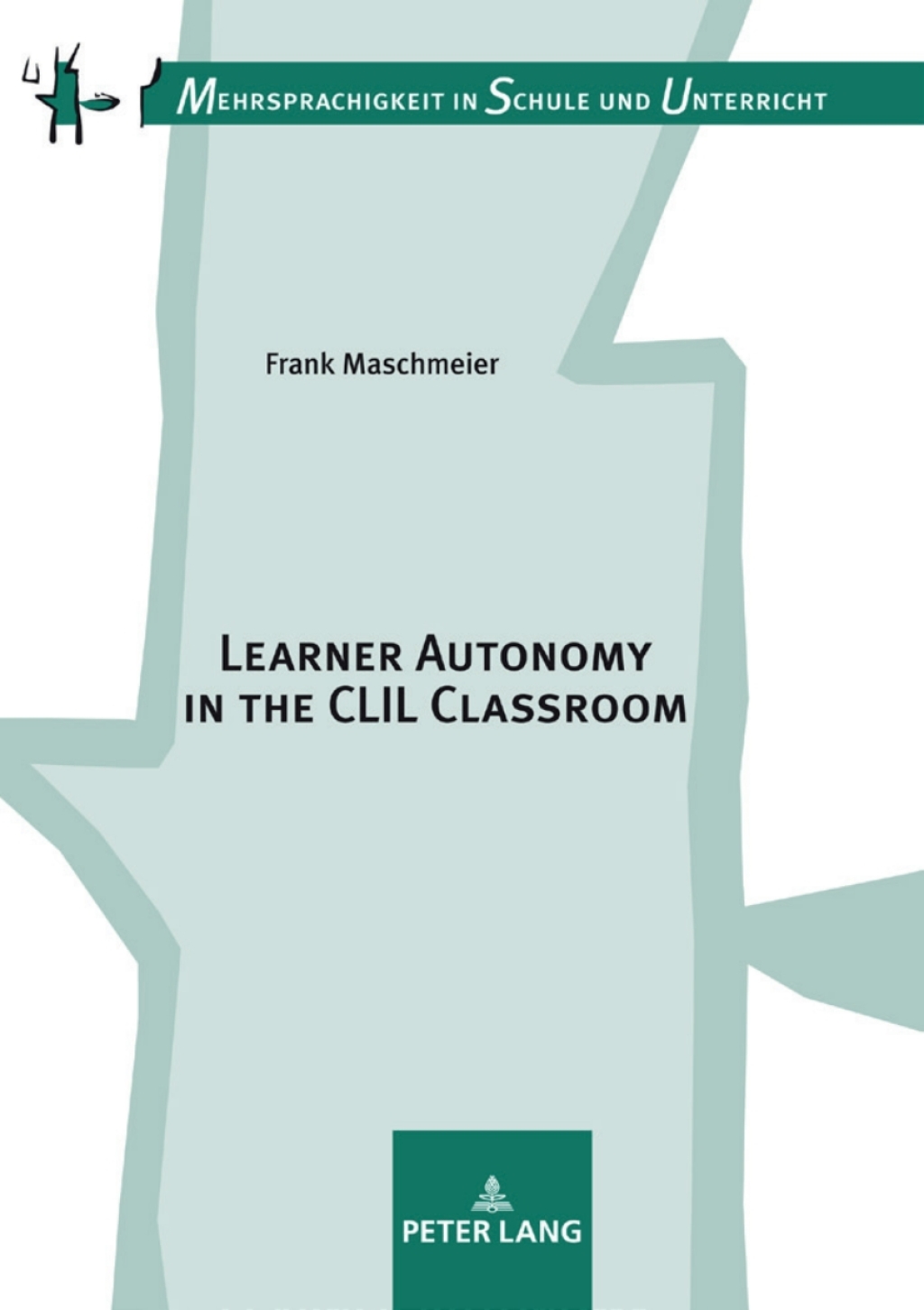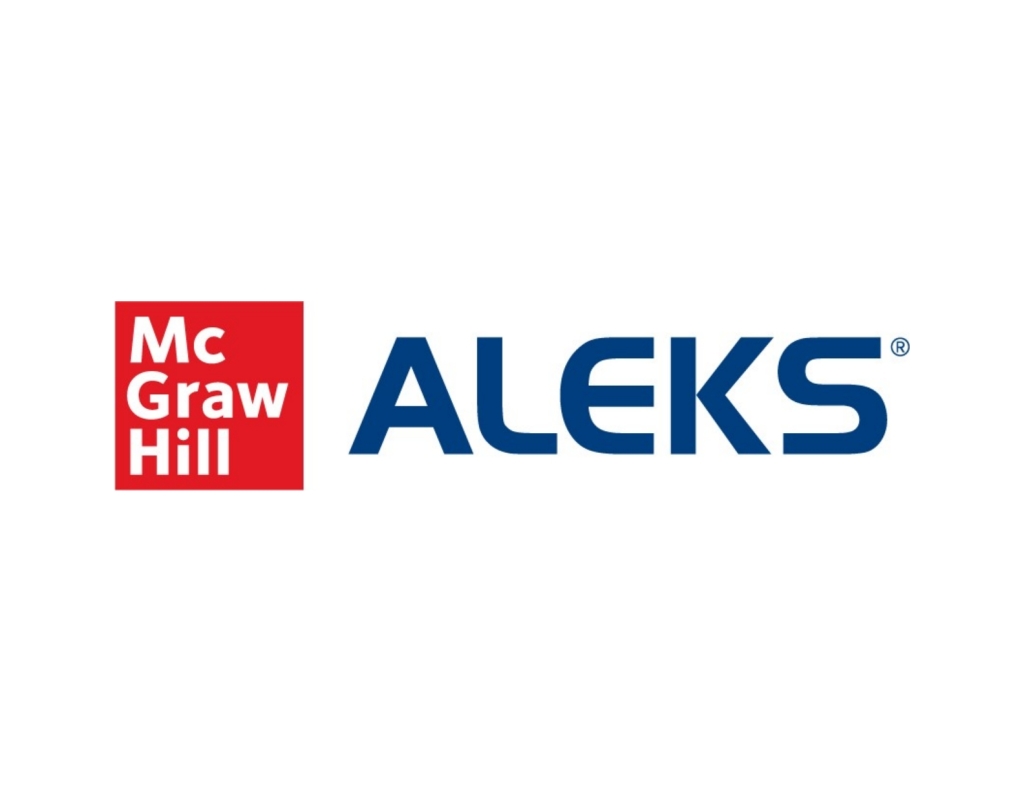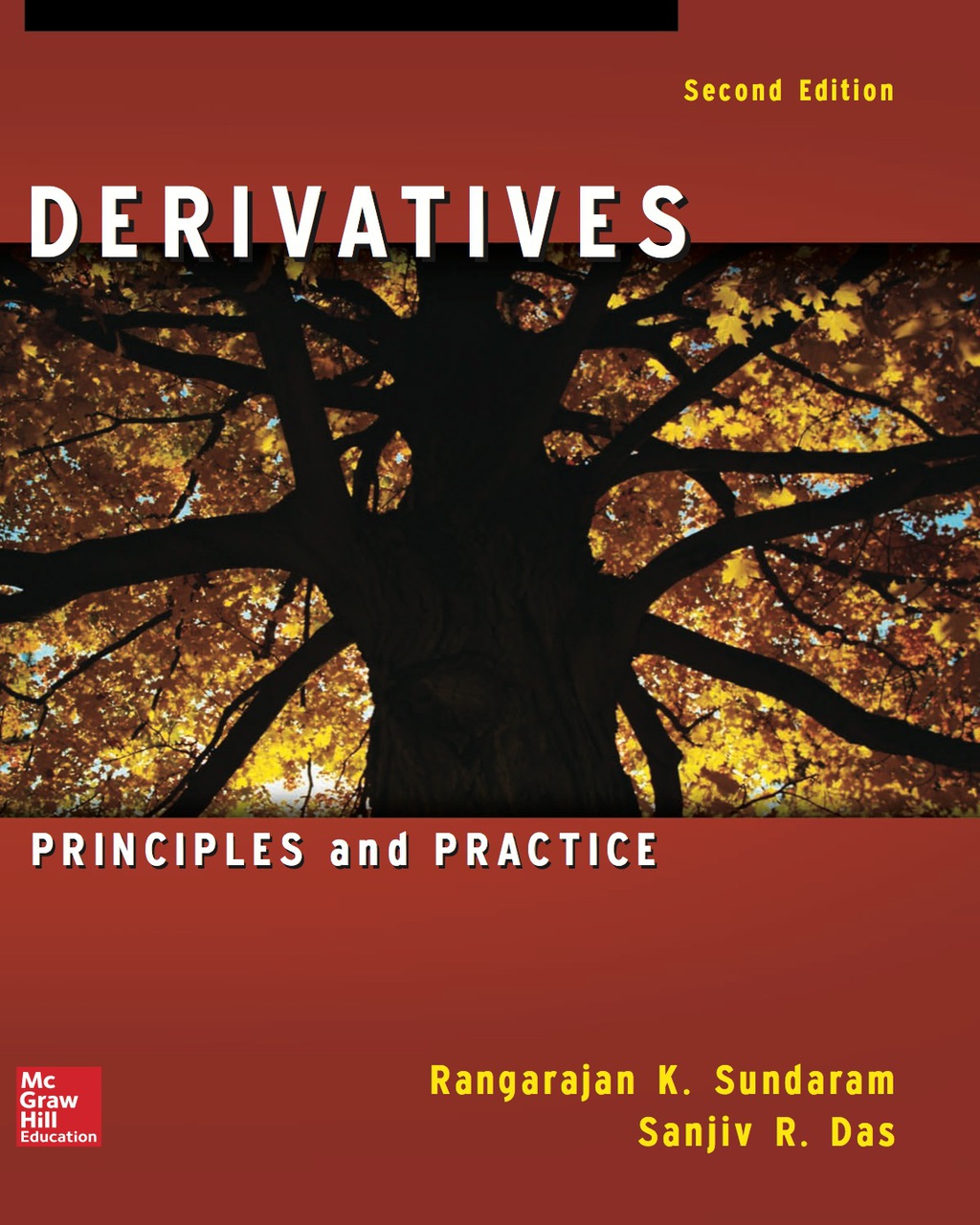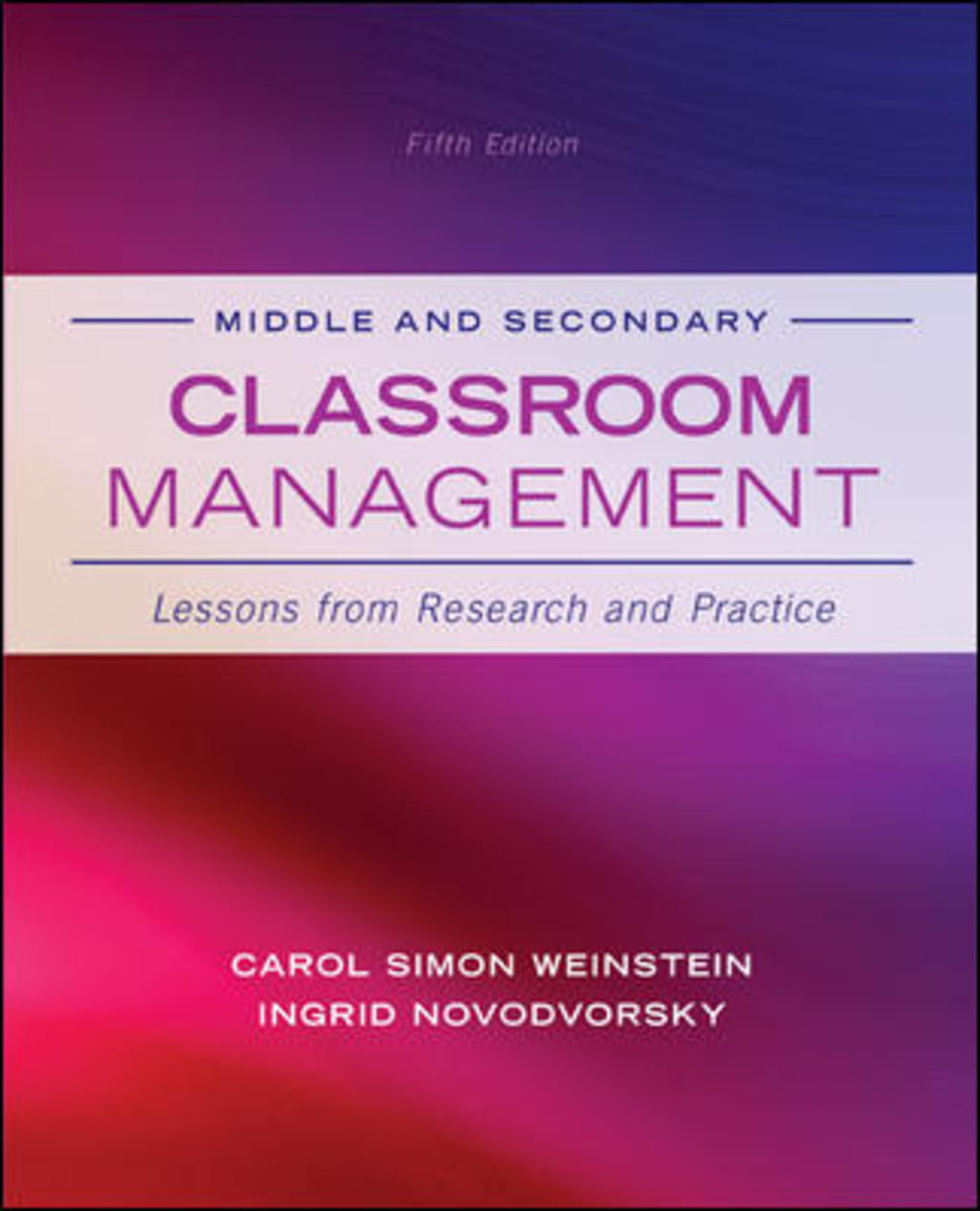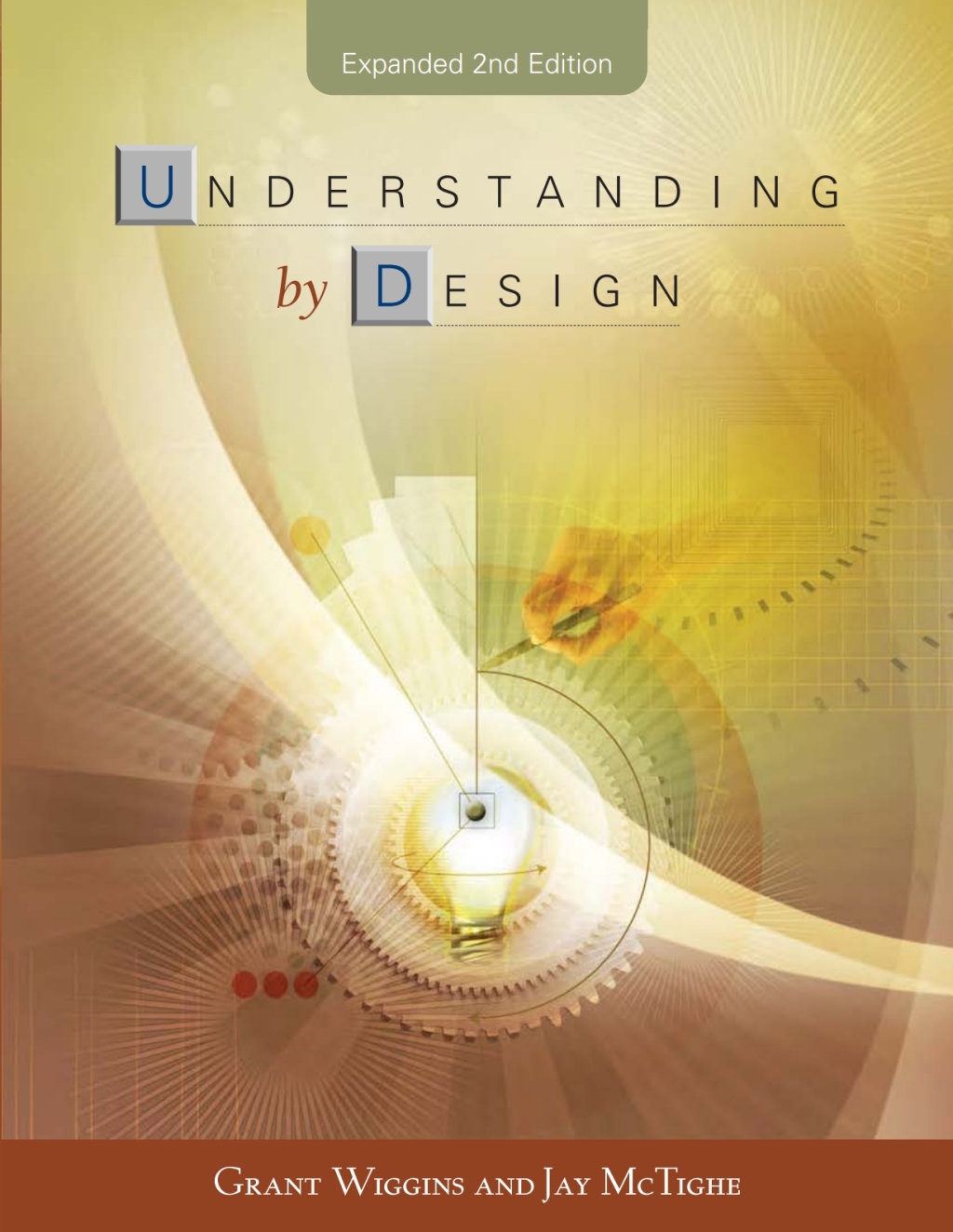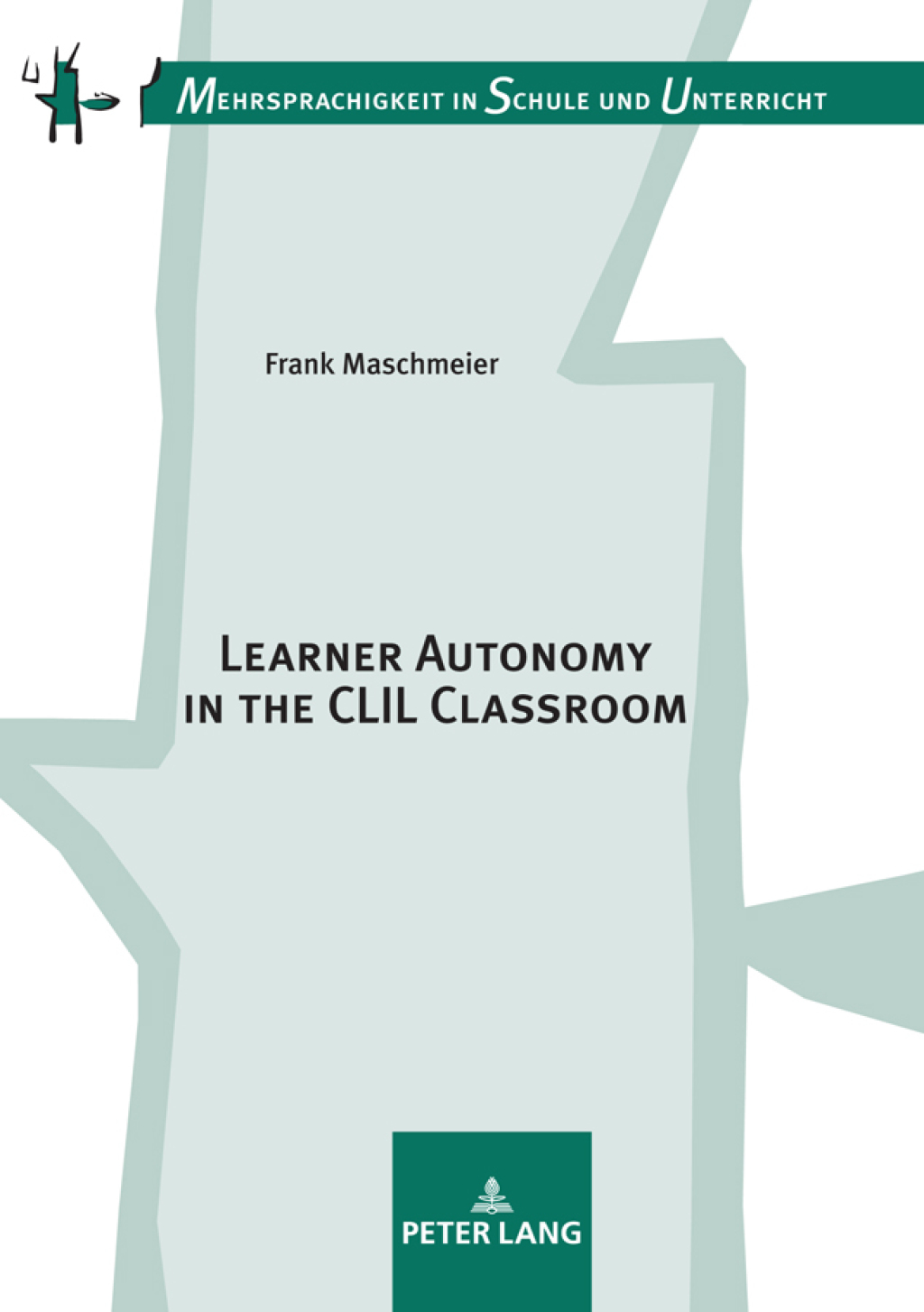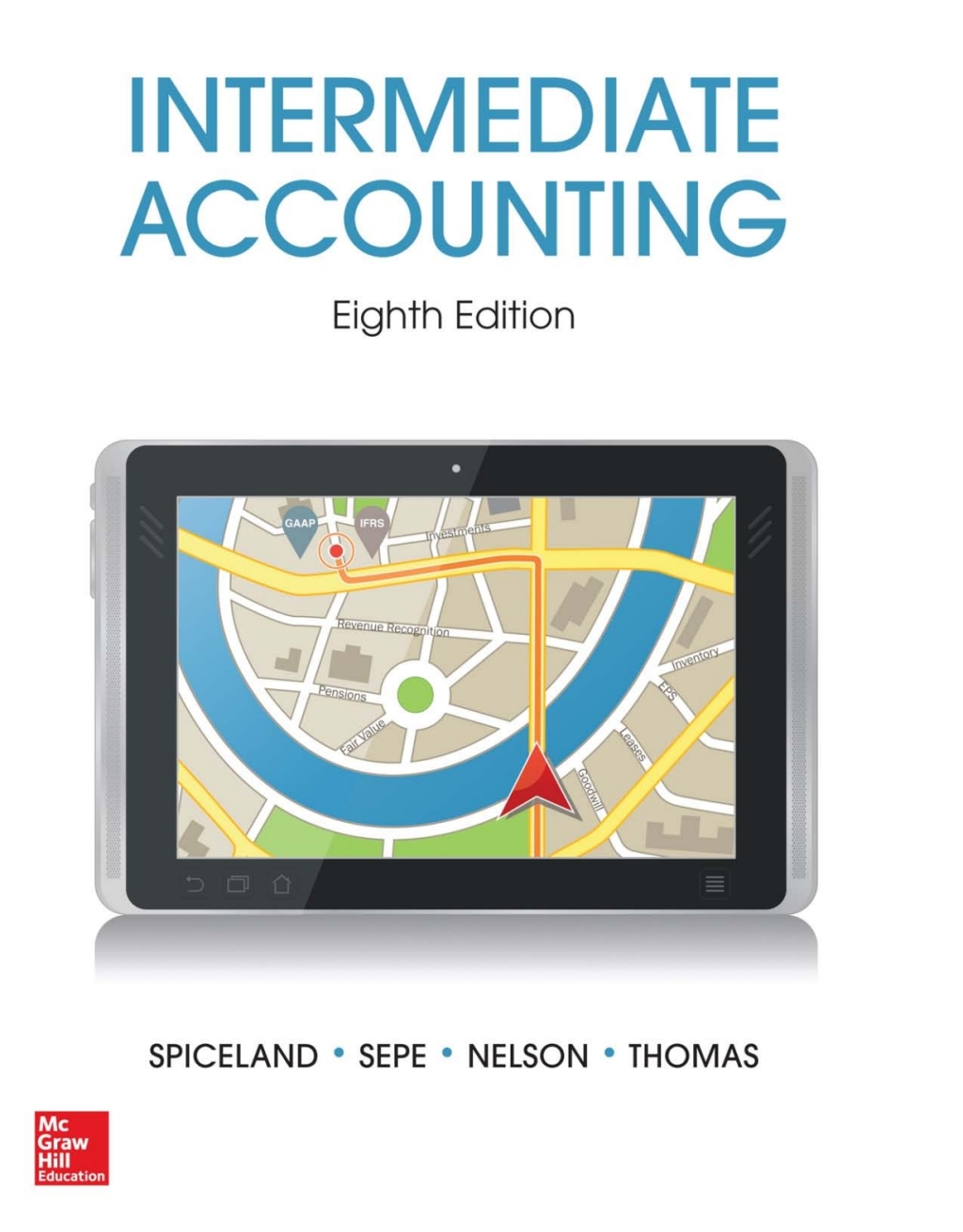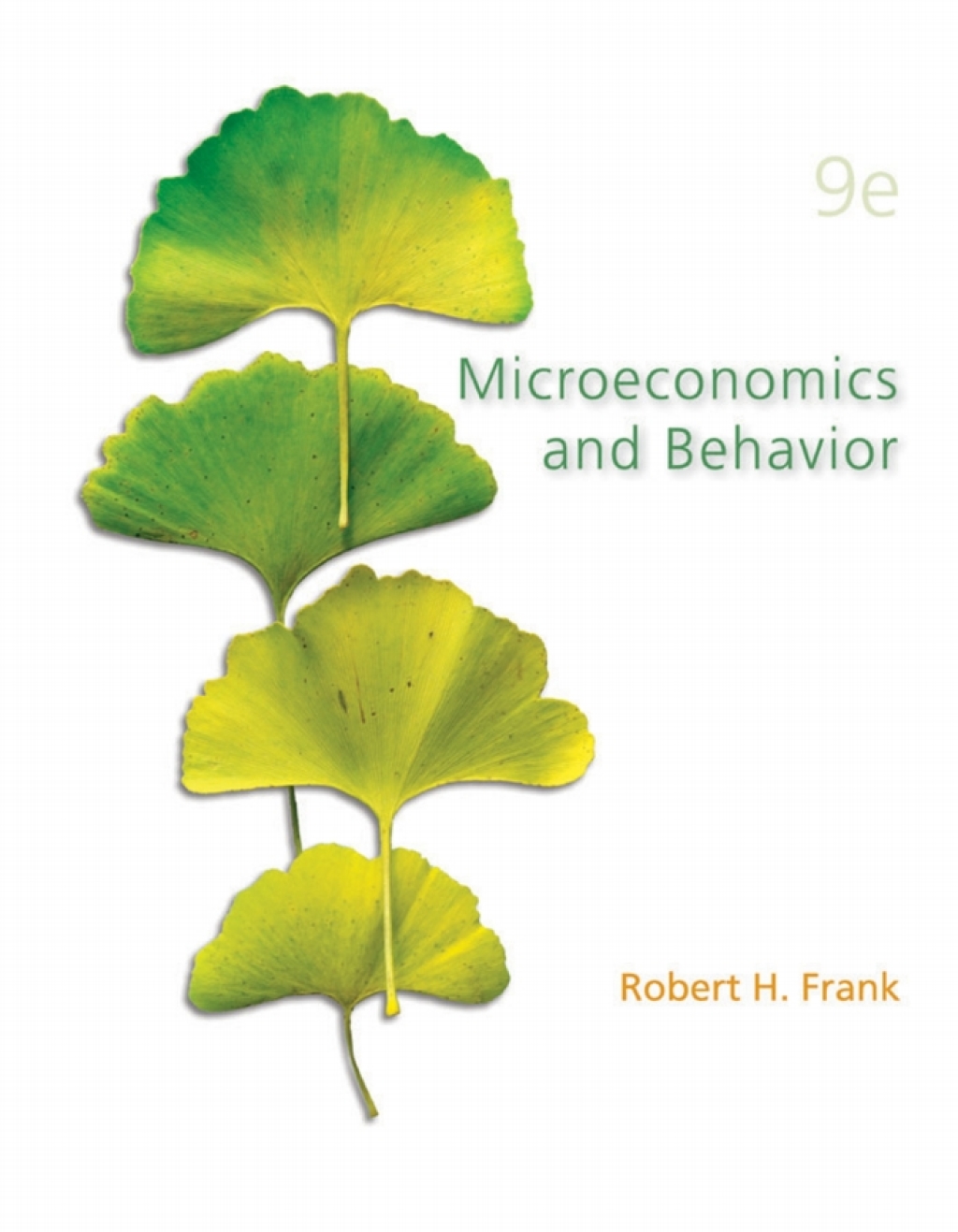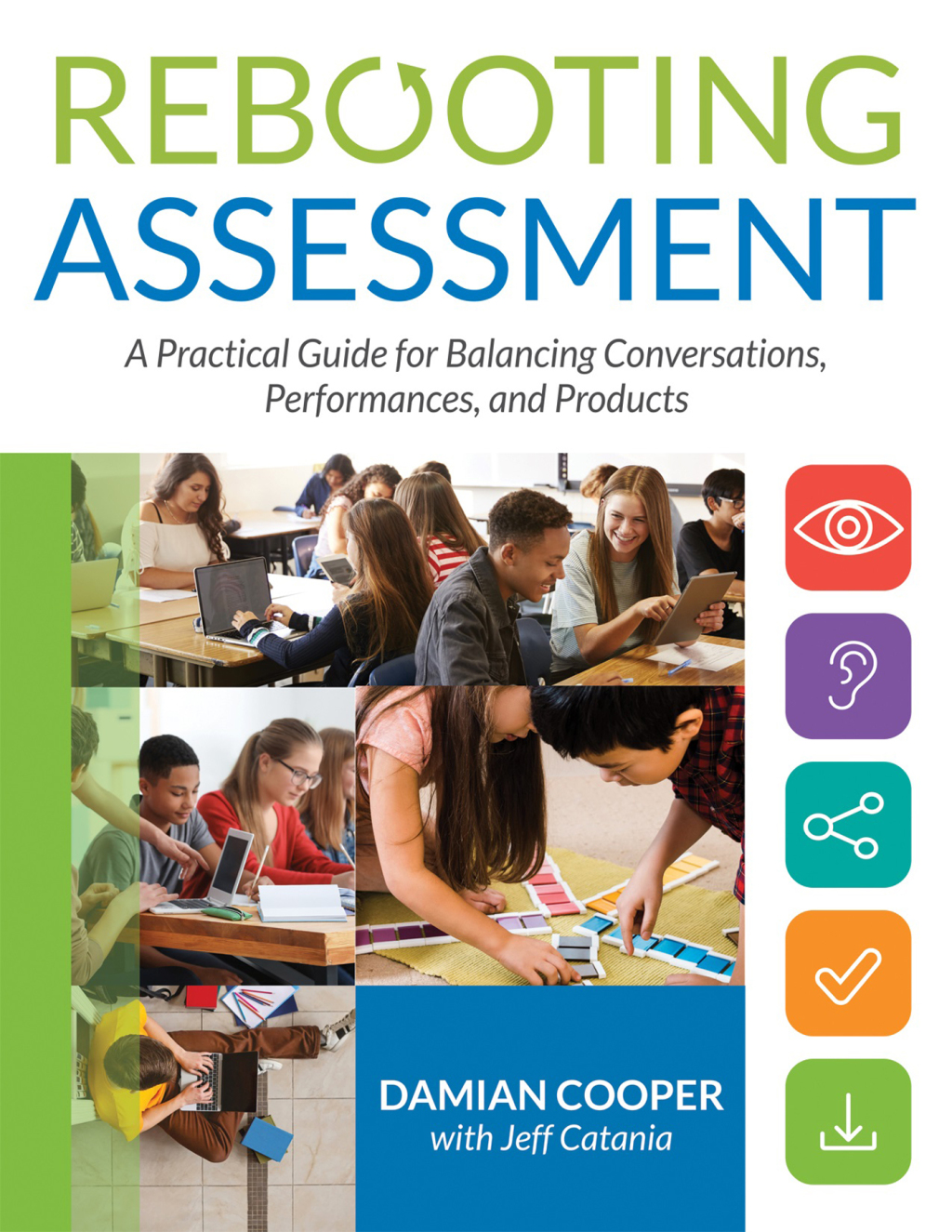Description
In Content and Language Integrated Learning (CLIL), content and language learning proceed in parallel, the one supporting the other. CLIL has spread widely and has attracted a large number of studies. While most of these studies have focused on the language benefits of CLIL, this book focuses on both language and subject achievement. Against the background of autonomy theory and motivation, the author investigates to what extent learners at different proficiency levels are able to work in self-directed ways in CLIL settings. The analysis of data obtained from CLIL learners and teachers shows that the majority of participants do not see this integration as problematic, while data concerning student achievement point in a different direction. While results are positive concerning motivation and self-perception of achievement for both beginning and more advanced CLIL learners, this positive picture is not confirmed by performance data in the area of self-directed learning.

